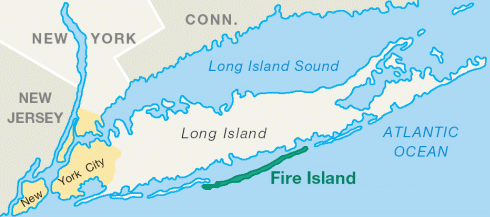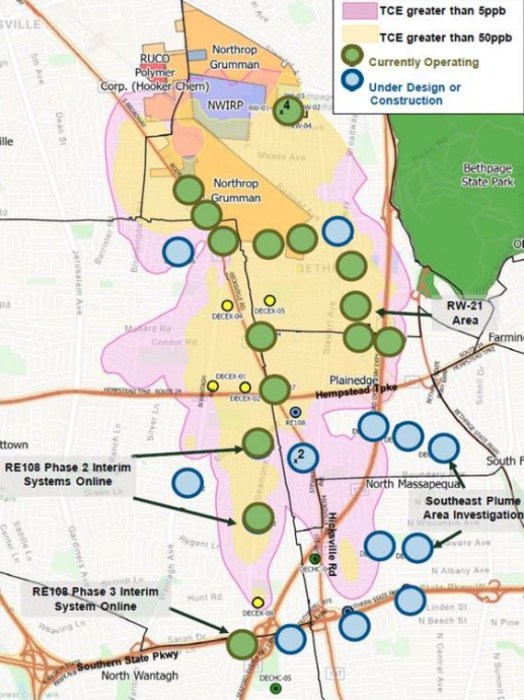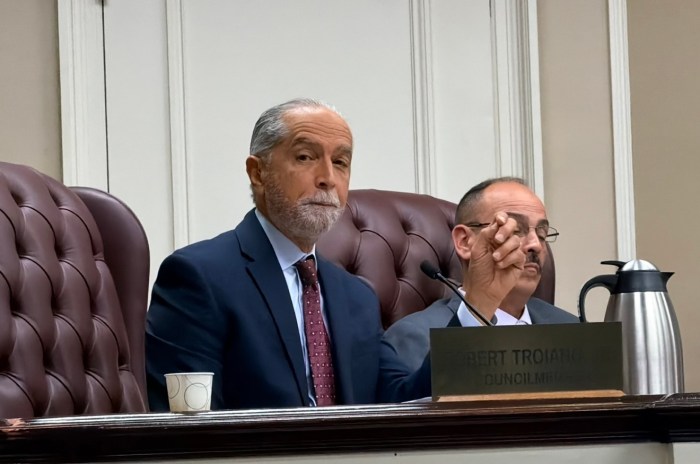An Easton, Conn., developer is looking to revive century-old plans for a bridge to connect Connecticut and Long Island.
“It would be a game-changer,” Steve Shapiro told News 12. “There are over 3 million people living on Long Island and there are over 3 million people living in Connecticut. Wouldn’t it be amazing if a 14-mile span could connect all of them?”
The bridge could cut travel time between the two states to a fraction of its current hours-long trip and better connect Long Island with the rest of the Northeast.
The proposed bridge would run between Bridgeport, Conn., and a location in Nassau or Suffolk County, although most recent proposals over the years have centered on Port Jefferson as a likely southern terminus.
Developers have proposed bridges from Long Island to Connecticut or Rhode Island since the 1930s. The first proposal came from then-U.S. Sen. Royal Copeland in 1938, who suggested an 18-mile bridge from Orient Point, but it lost momentum after Copeland’s death.
The idea was revived in the 1950s and 1960s by Robert Moses, a notoriousNew York developer, who initially gained the support of then-Gov. Nelson Rockefeller for bridges connecting Oyster Bay and Rye, and Port Jefferson and Bridgeport, Conn. Rockefeller rescinded his support after pushback from environmentalists and local residents.
More recently, then-Gov. Andrew Cuomo conducted a feasibility study in 2016 for several different Connecticut-to-Long Island bridge proposals, but none of them got off the ground.
Proposals have always failed due to opposition from environmental groups and local governments and the project’s high price tag. Proposals for the 21st century have ranged between $8.5 billion and $32 billion.
Supporters of the project have pointed to better connectivity opening up more job opportunities and easier travel between the two states.
Any significant progress on Shapiro’s proposal would likely take years and require garnering political support and funding.



































